April 15, 2025
OM-3 | 7 Tips for Urban Wildlife Photography
I recently visited Edinburgh and I brought with me the OM-3 along with a few M.Zuiko lenses, mostly using the new M.Zuiko 100-400mm f/5-6.3 II. Check out the video below and photos and settings in this blog post.
Read my review on the M.Zuiko 100-400mm f/5-6.3 II here!
The OM-3 is OM System’s newest camera, it’s got the look of a classic film camera and is packed with the best specs that the flagship OM-1 Mark II carries.
You can check out the video for my urban wildlife photography adventures in Edinburgh here, and see the photos with settings below.
7 Tips for Urban Wildlife Photography
1. Green Spaces
Find green spaces – Most cities have green spaces, wether it’s parks, ponds, golf clubs, cemeteries, or nature reserves – these areas can be little oasis in a concrete desert.
Do a search online, look at maps or walk around to find them.
Below are lots of images I got at Blackford Hill and Greyfriars Kirkyard.
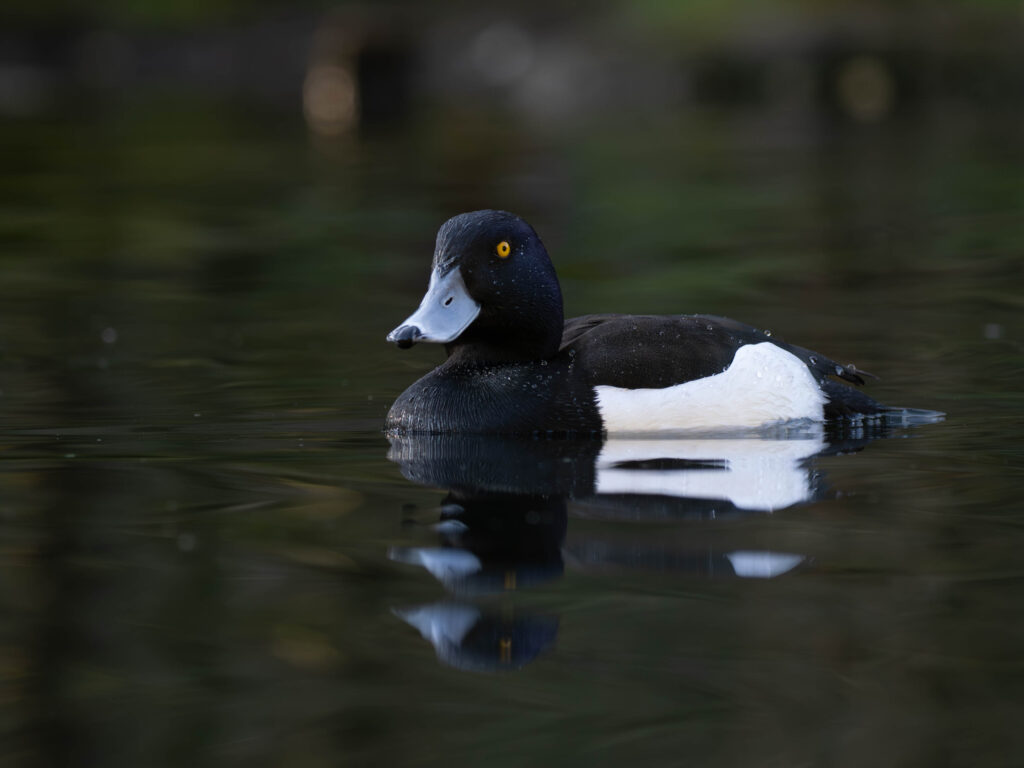
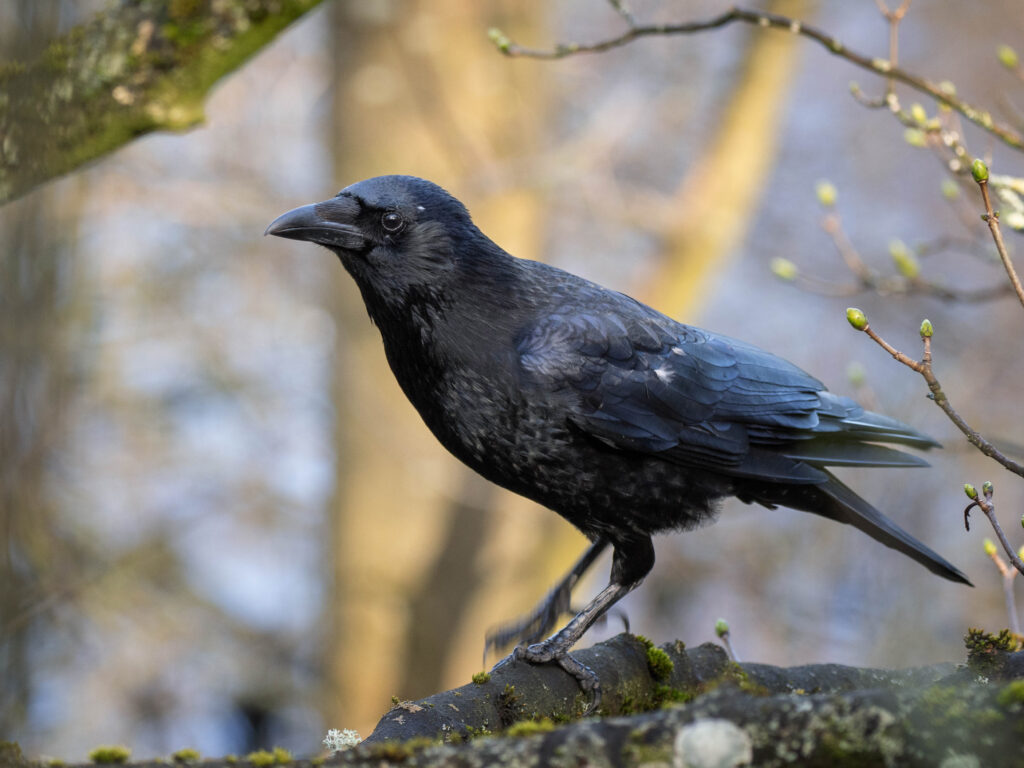
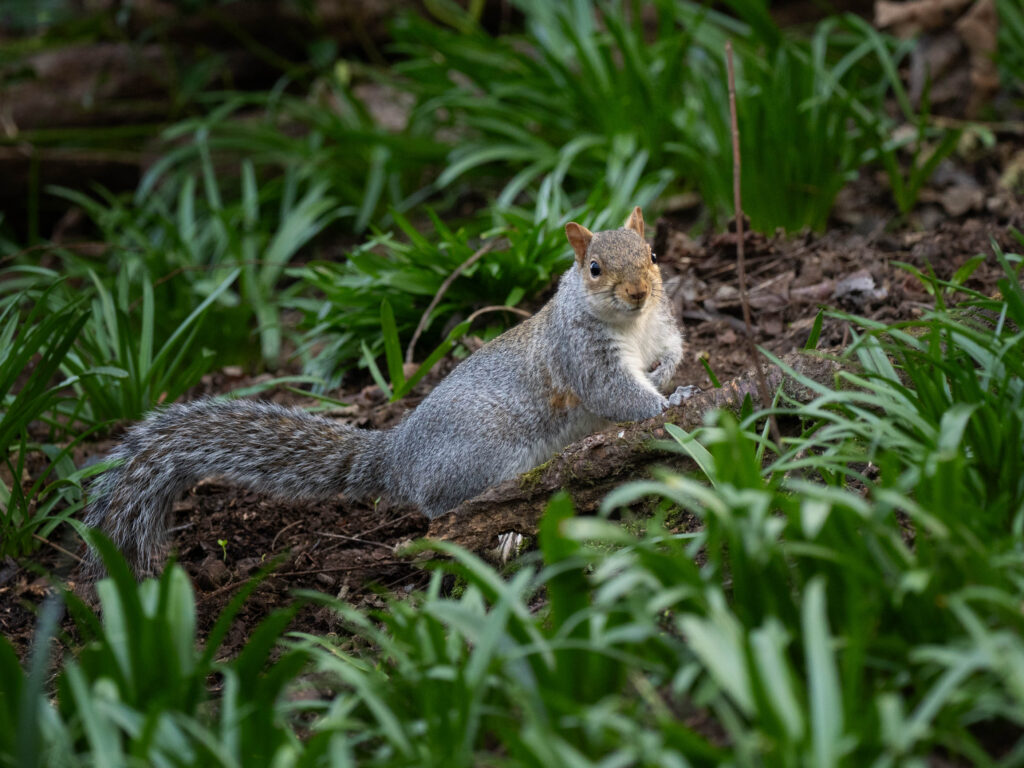
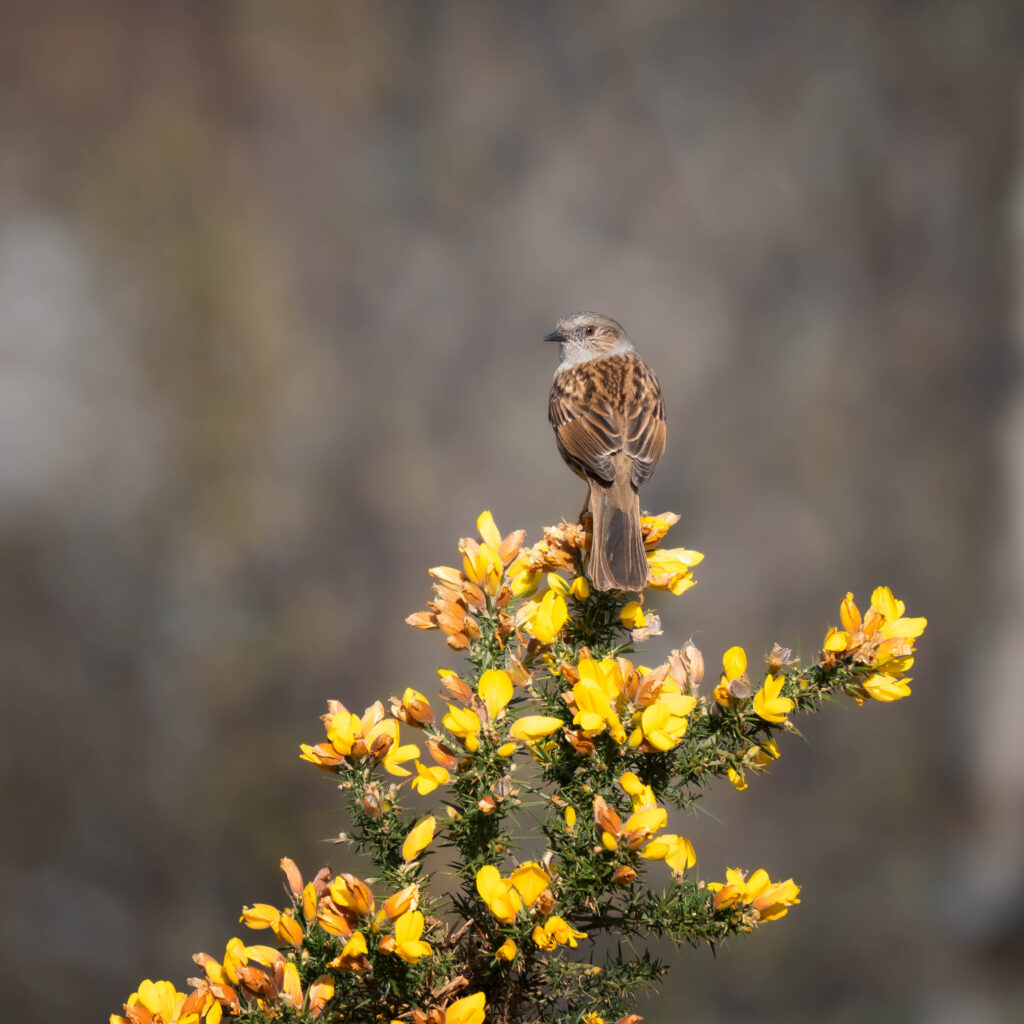
I often photograph birds singing on the gorse, but when I came across these honey bees I just had to try for some images of them. The yellow gorse gorse makes for beautiful backgrounds and the flowers themselves complements the bees nicely. I was impressed with the OM-3 and the 100-400mm II and with the ease I managed to get these bees sharp while in flight.
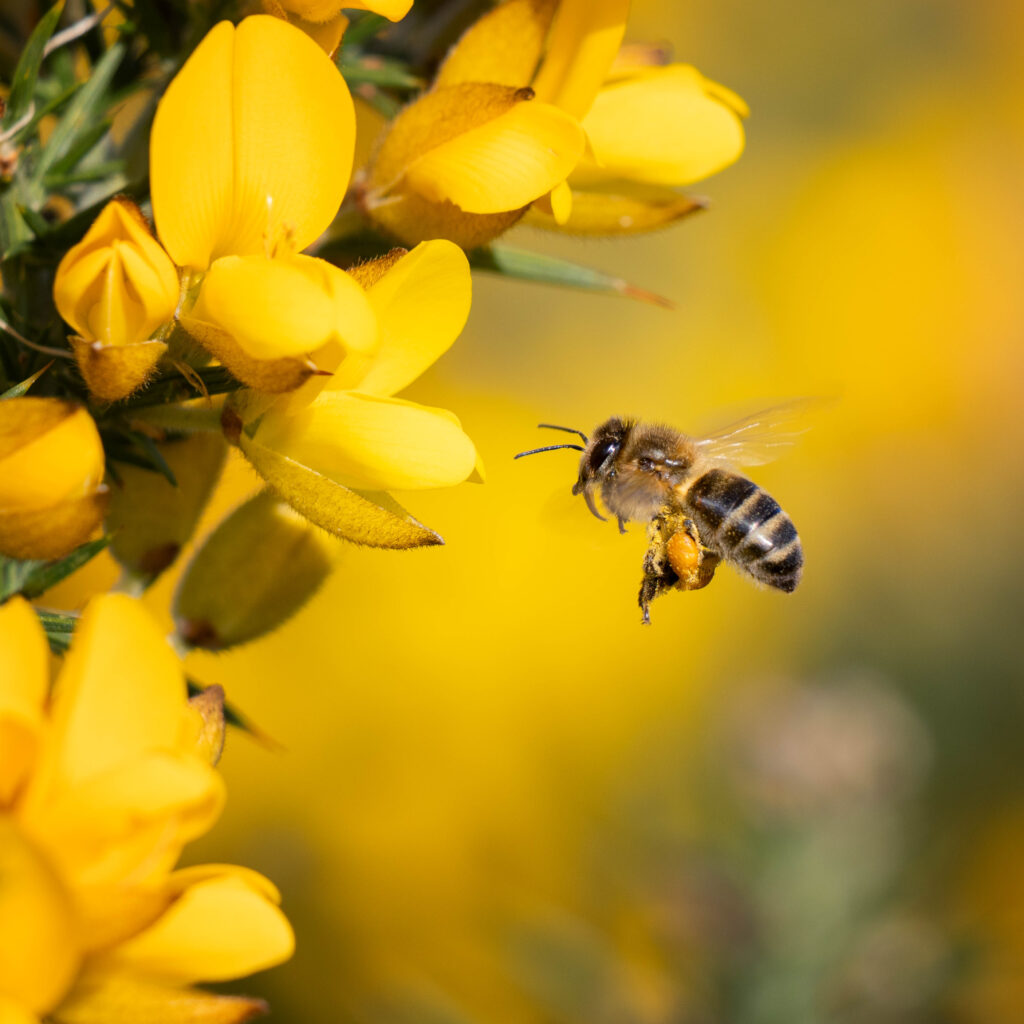
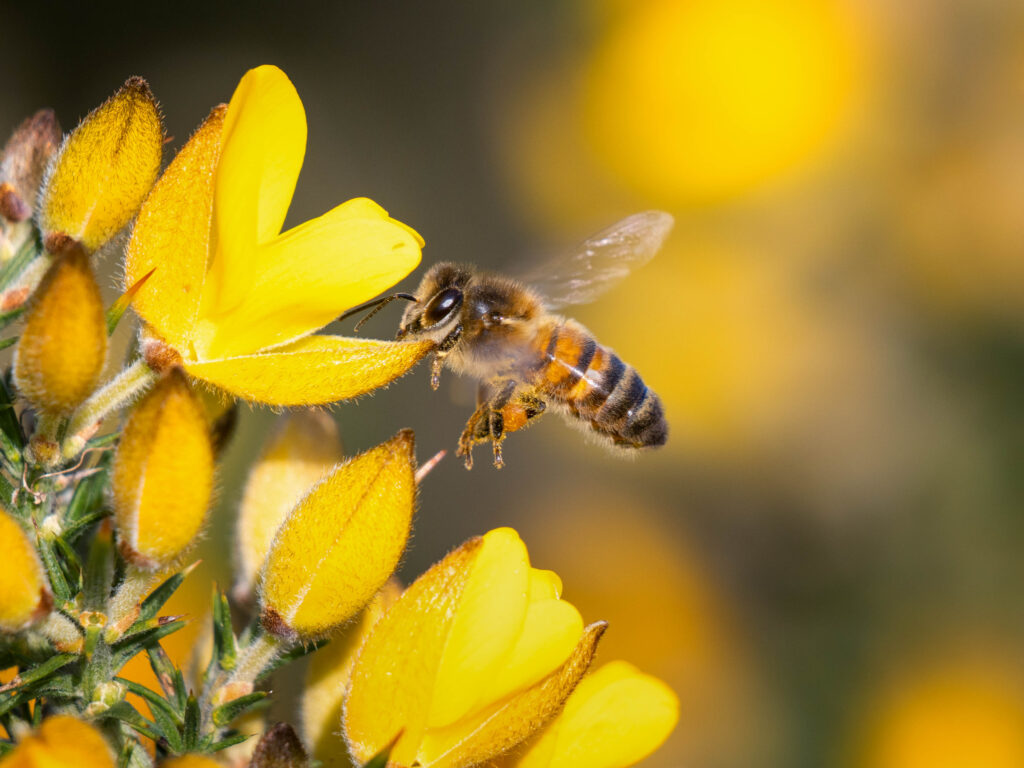
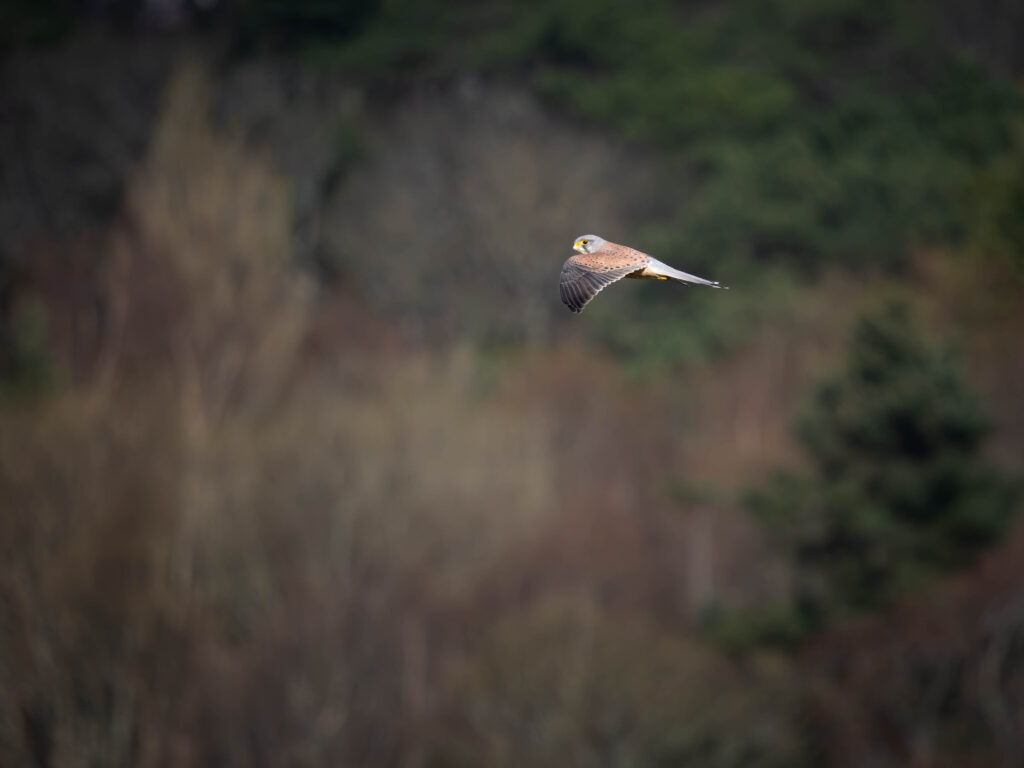
Sign up for my OM System Newsletter to receive Tips & Stories from the field directly to your inbox!
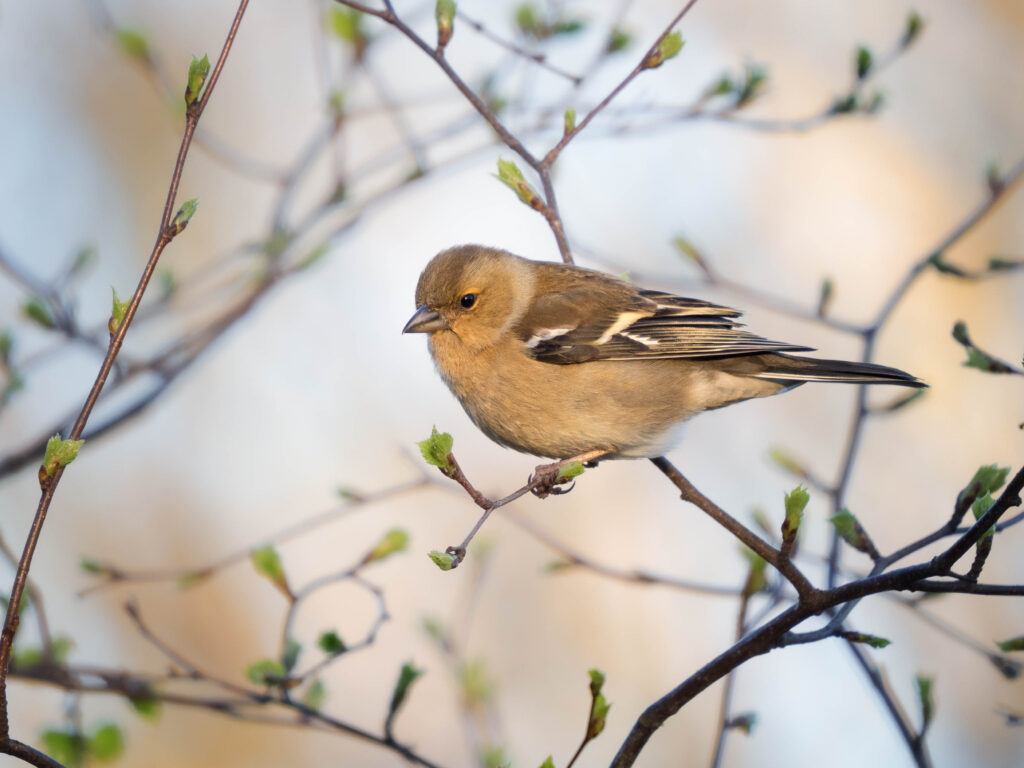
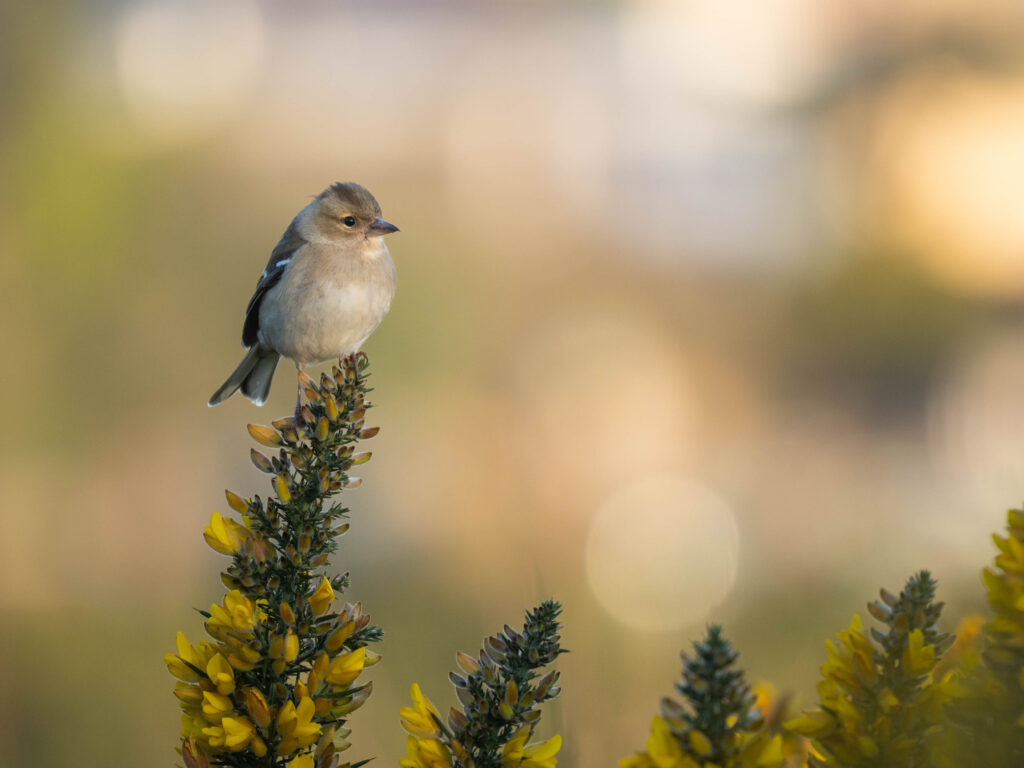
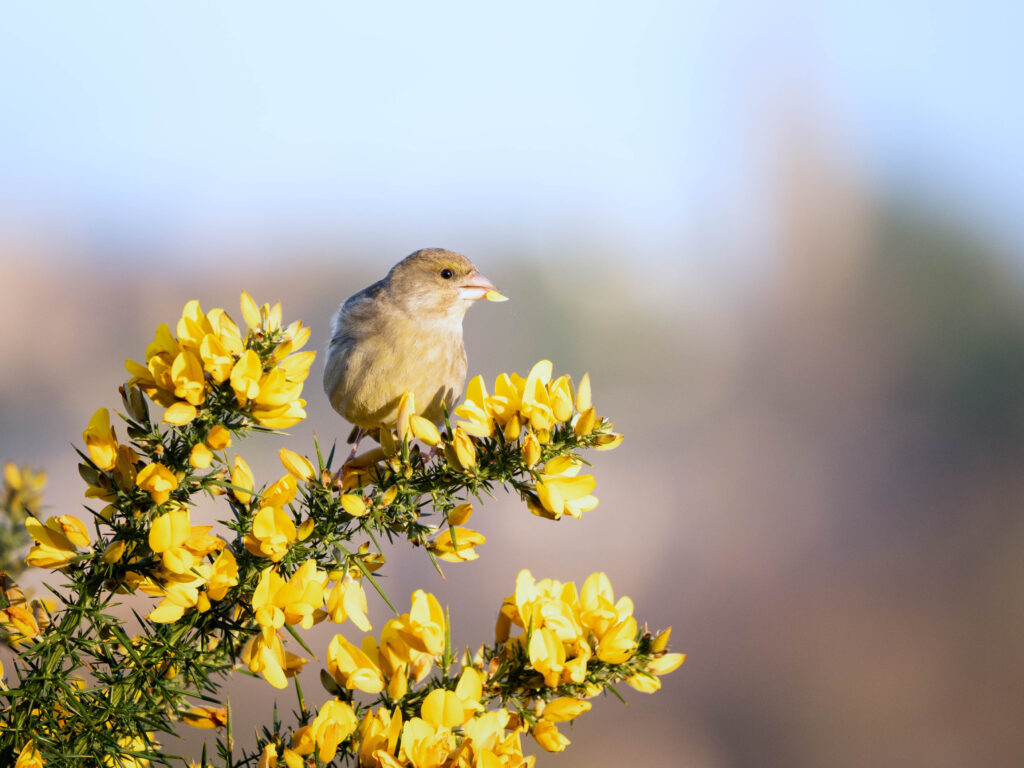
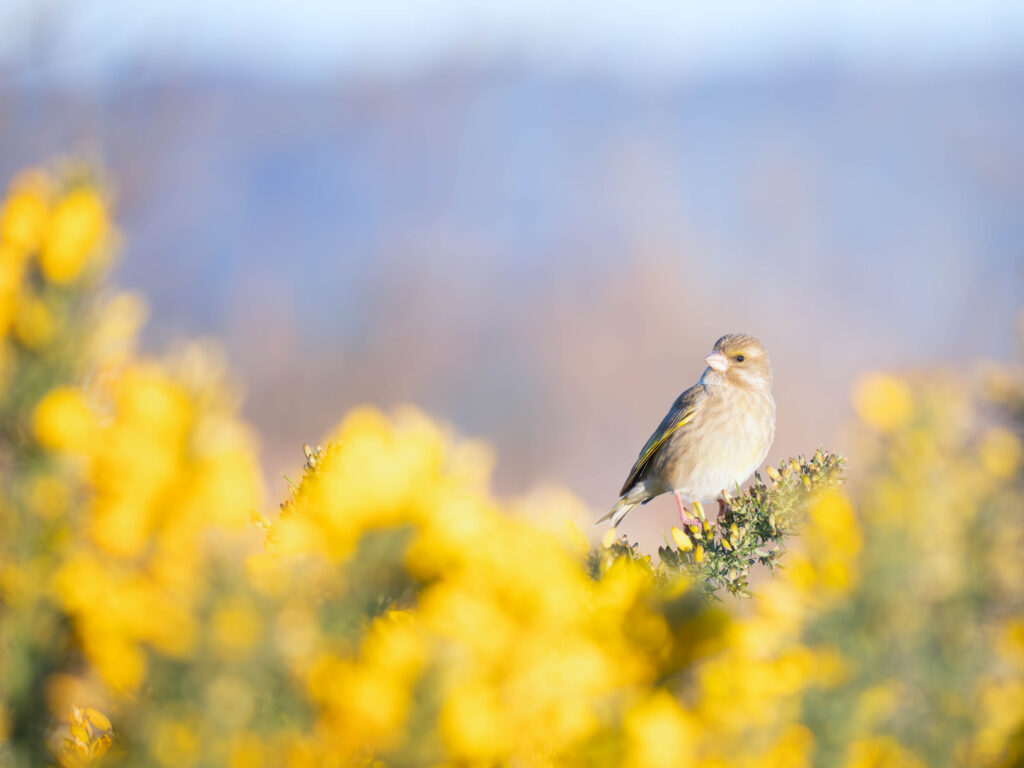


2. Use Bridges to Get to Eye Level
Use bridges or buildings to get to eye level with birds in the canopy – This is a great opportunity to get a bird’s eye view and a chance for unique photos.
I think pigeons are so overlooked, when birds are common we tend to look past them. The wood pigeon has some spectacular coloured necks and intricate behaviours that’s well worth photographing.
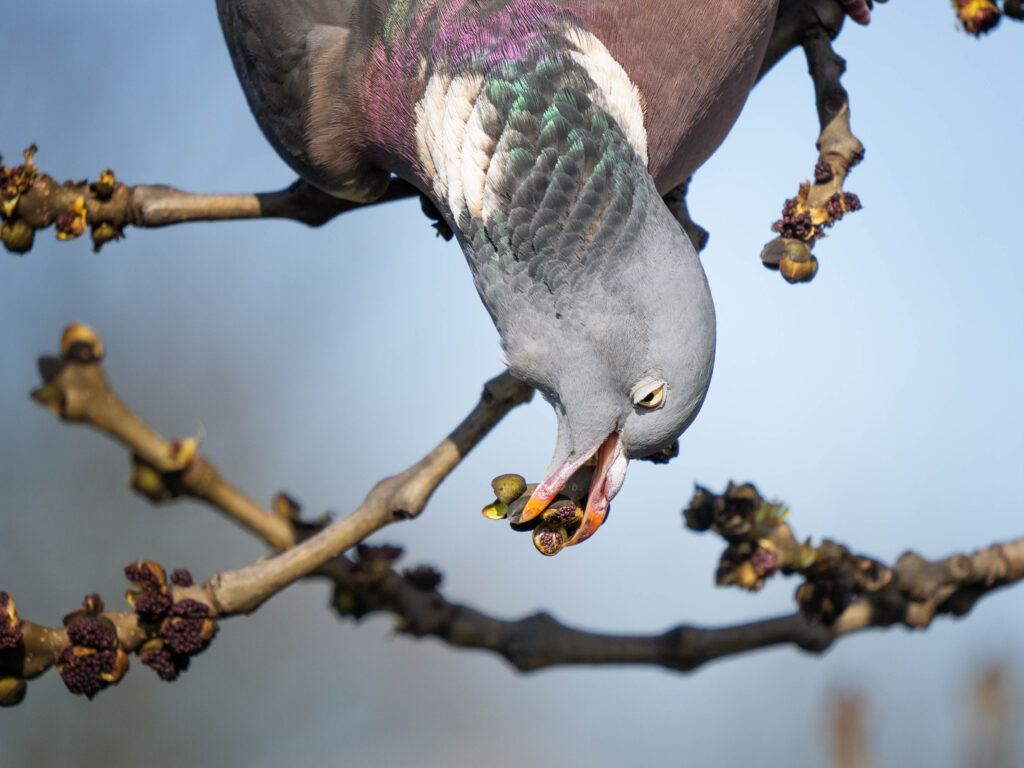
Get a 30 Day Free Trial of DxO Products here!
Use promo code for 15% discount for new customers: PAR_ESPEN
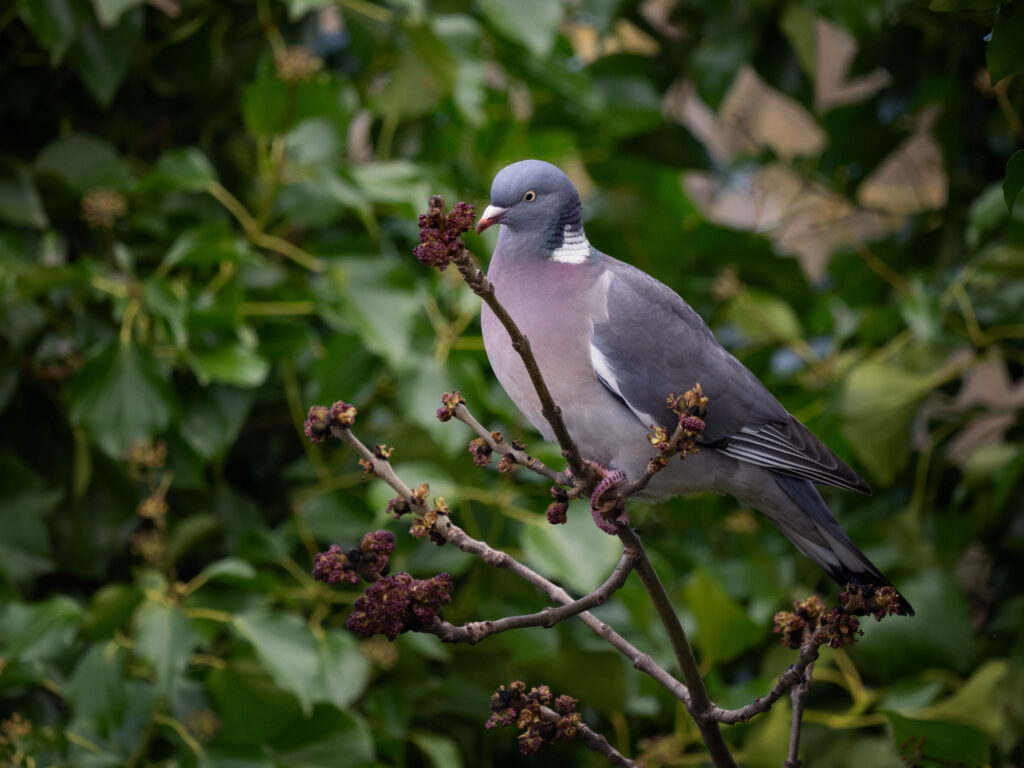
3. Animals Can be More Tolerant
Take advantage of animals that are more tolerant of people, whether the animals are completely tame or just a bit more relaxed this is an opportunity for unique photos and close ups – an amazing chance to use a wide angle lens for wildlife photography.
Birds such as feral pigeons, herring gulls and mallard ducks are almost tame in cities, this doesn’t mean that they’re not worth a picture. I think it just means we need to try a bit harder to get something unique. I don’t think I managed something extraordinary with my images this time, but I’ll keep trying.
What I find really interesting is that other species such as crows, tufted ducks, rails (moorhen, coot…) and even herons seems much more tolerant in green spaces in the city then they do where I live in the country side.
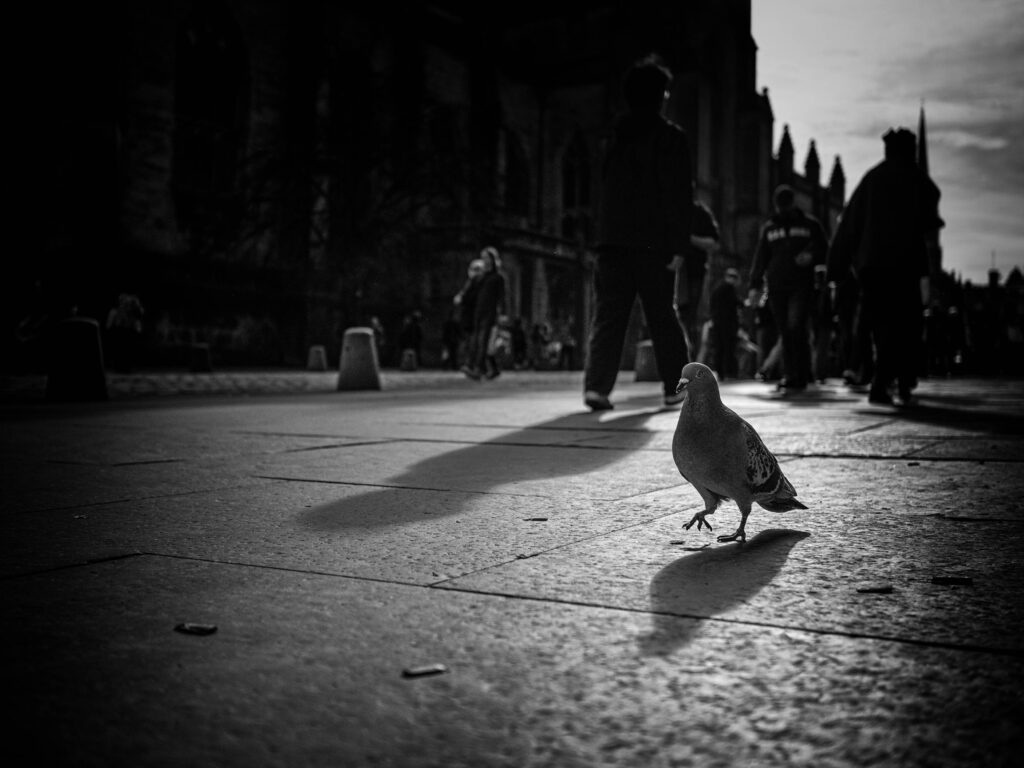
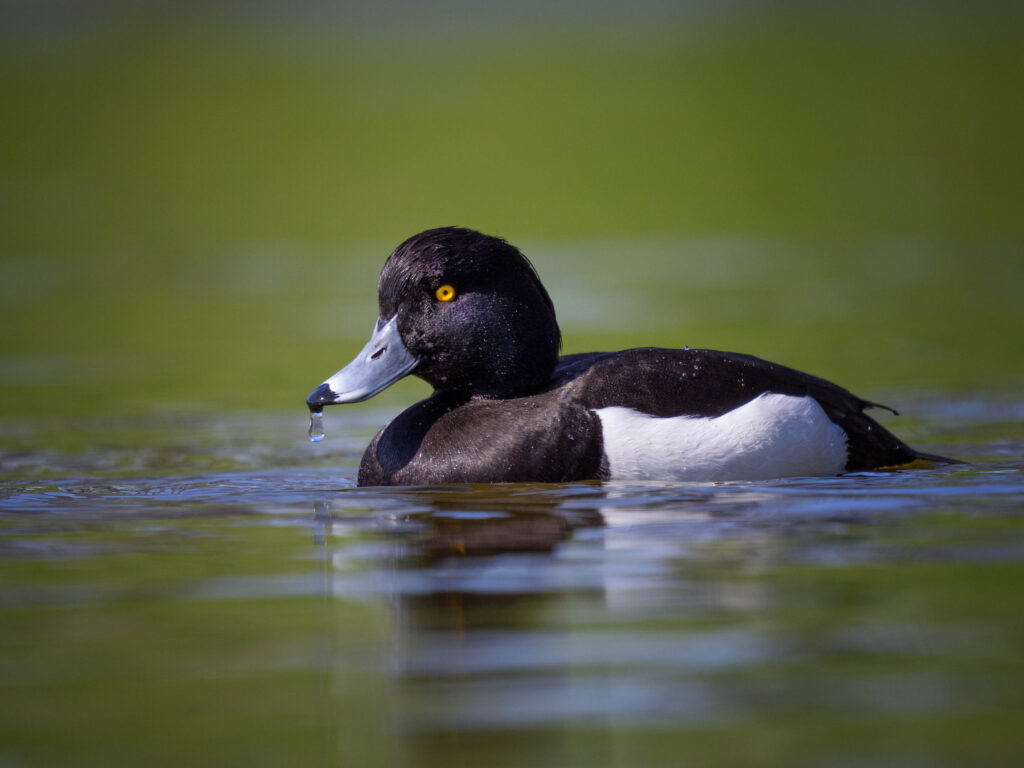
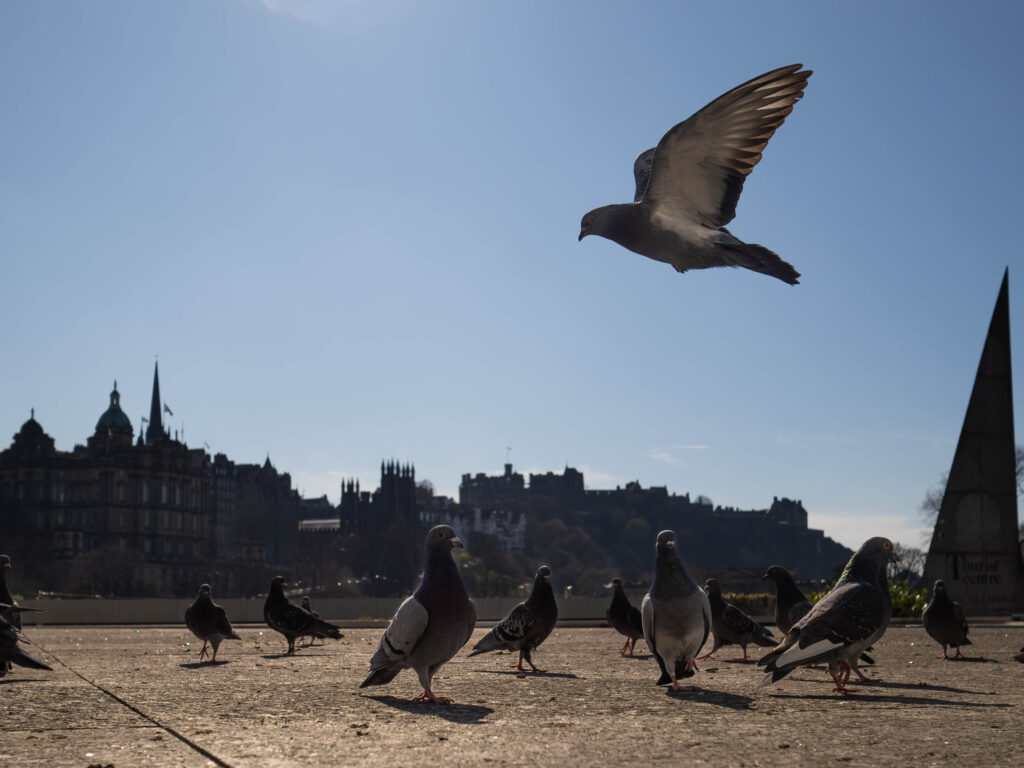
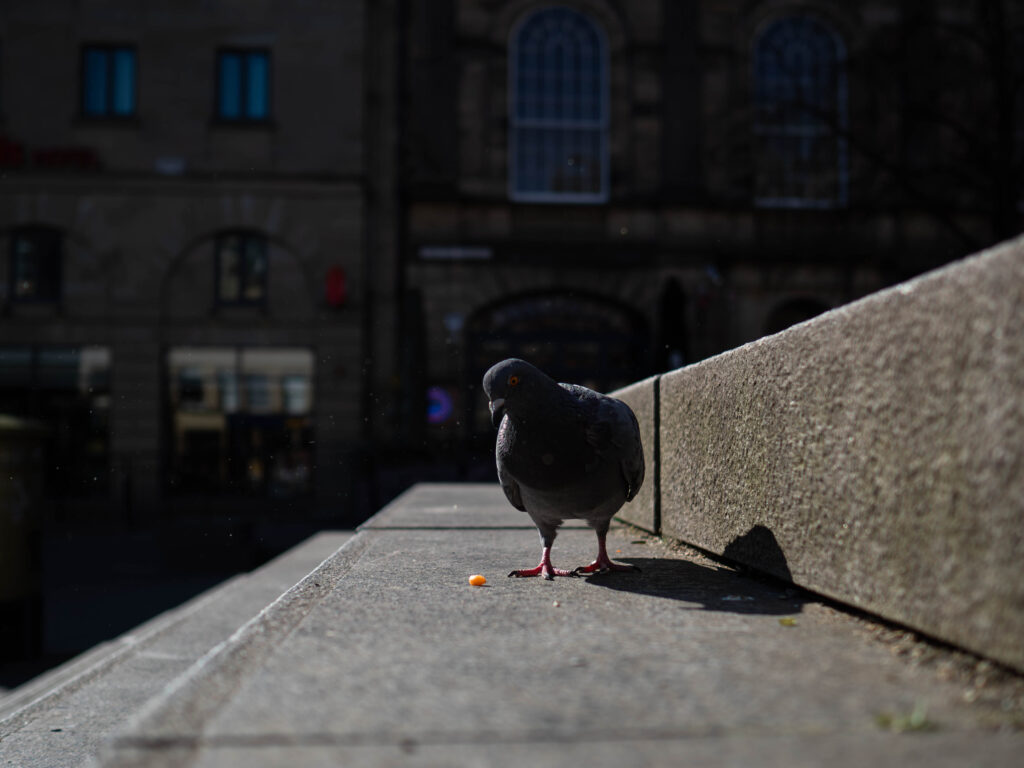
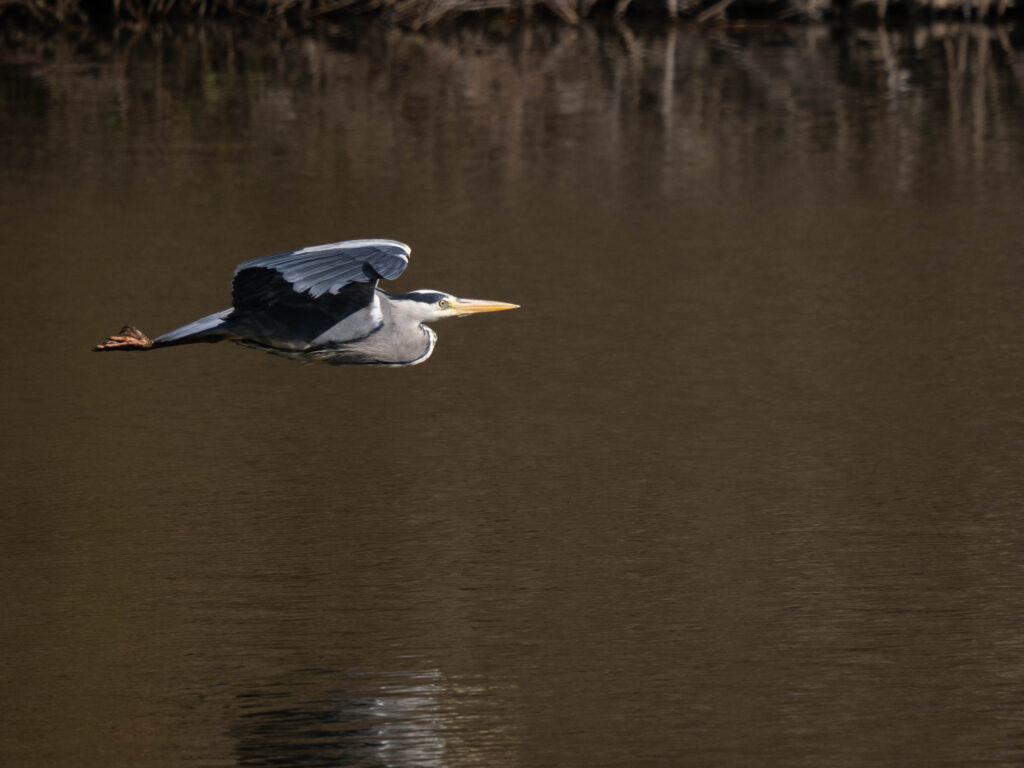
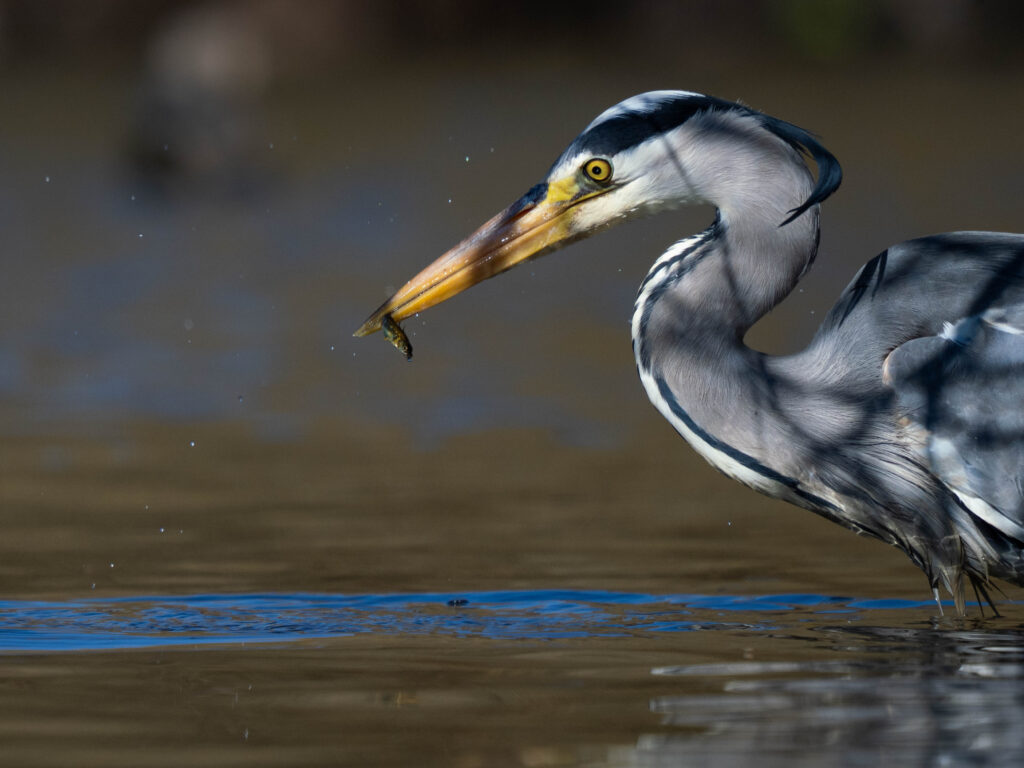
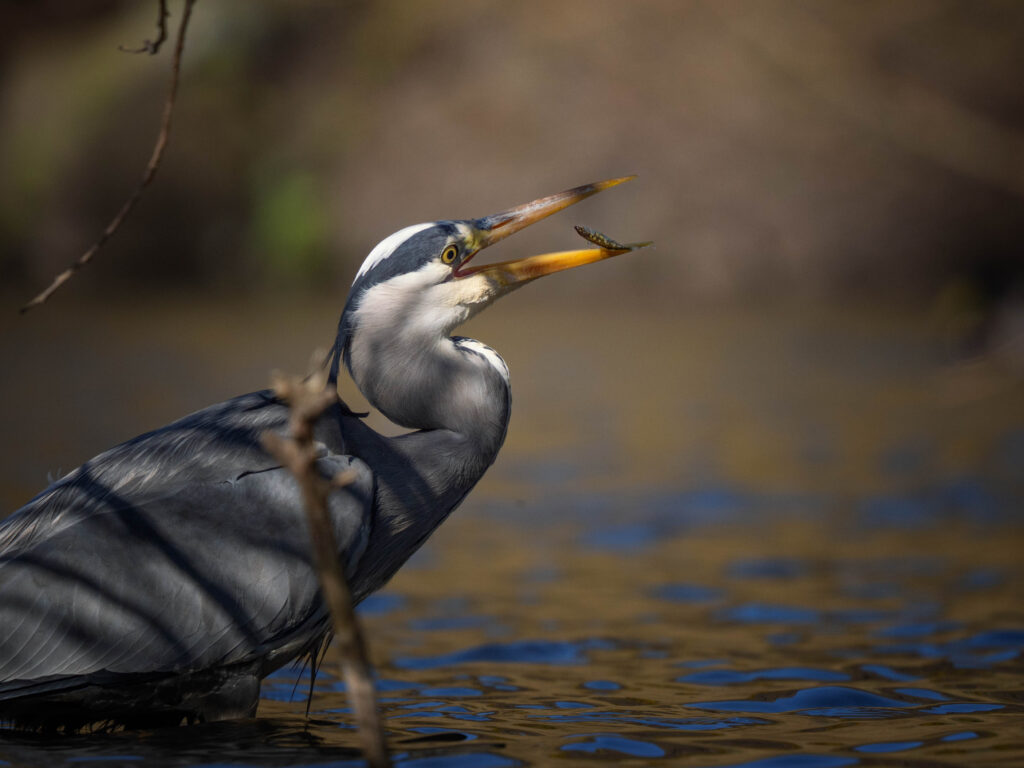
4. Extreme Close-ups
If you don’t want to include human structures in your images, go for extreme closeup, shoot through foliage to hide structure, find backgrounds that are monotone like a wall to slightly blur out.
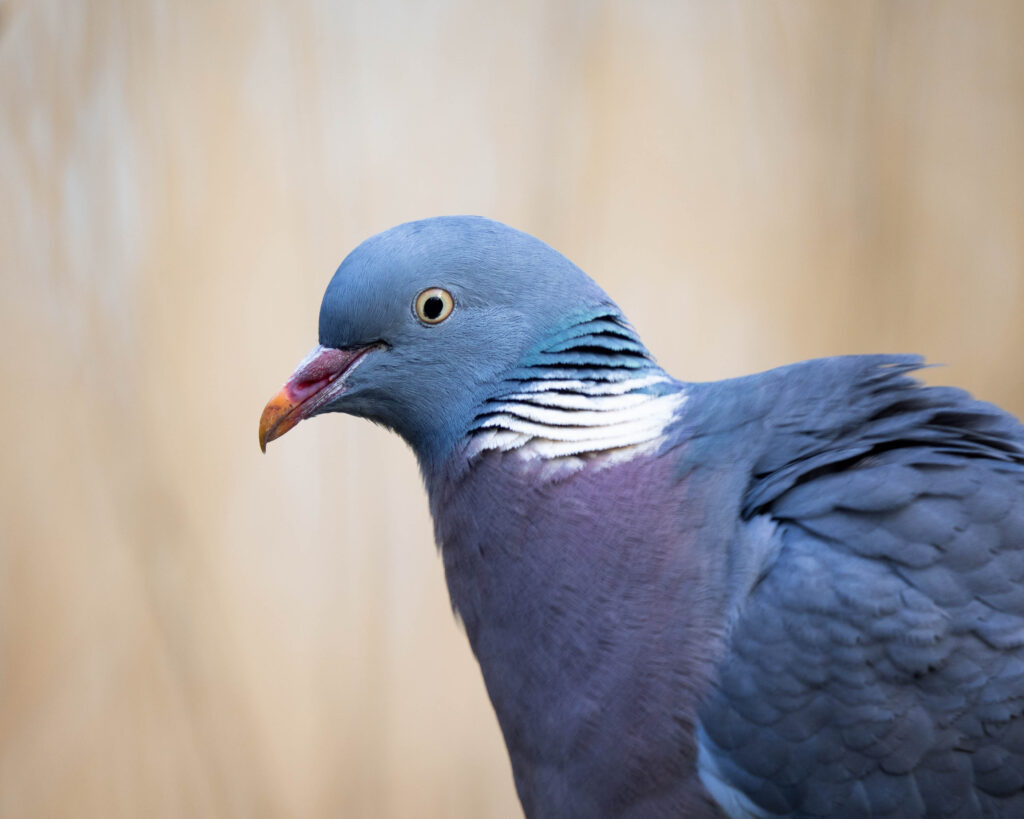
By going for close-ups you can easily blur out backgrounds, and I really noticed here how much the background mattered, the green foliage behind the wood pigeon in the second image makes the photo much nicer in my opinion.
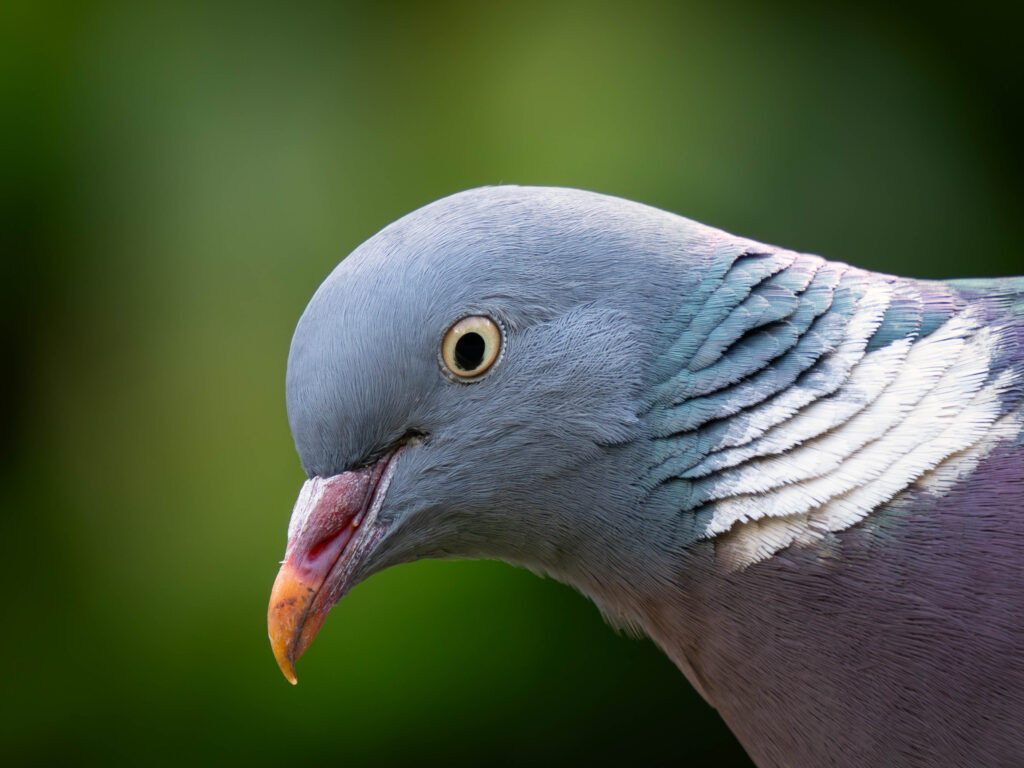
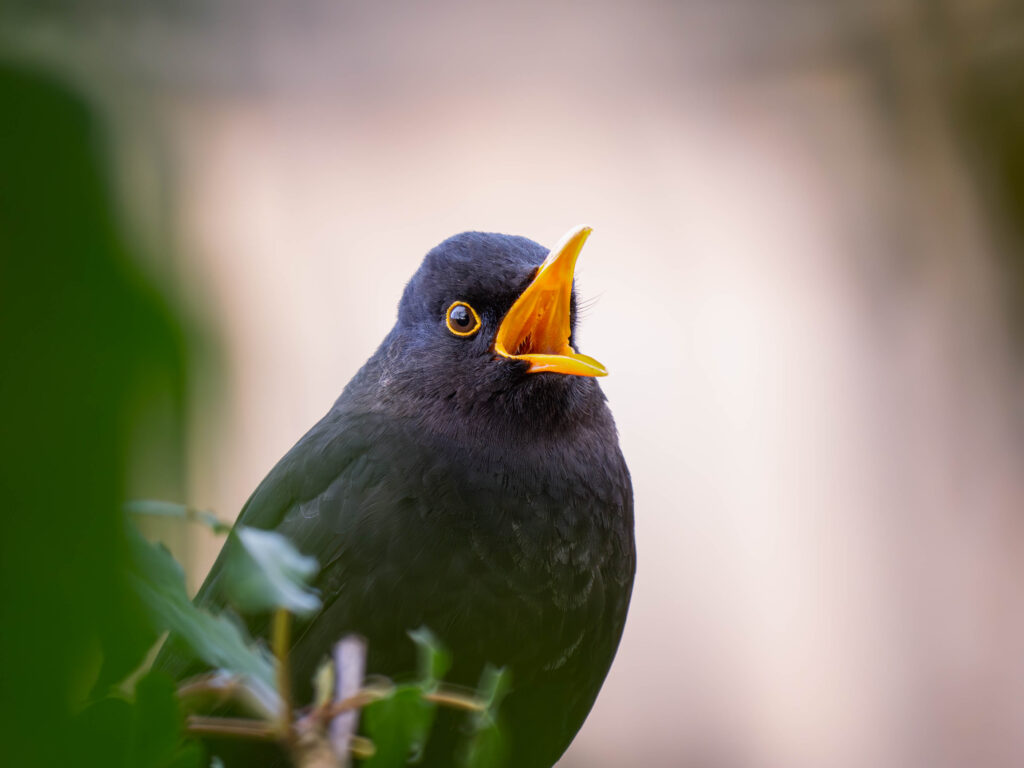
Shooting through foliage or using foreground to hide certain elements is a technique I often use in my photography, and in the city it’s a great way to hide structures.
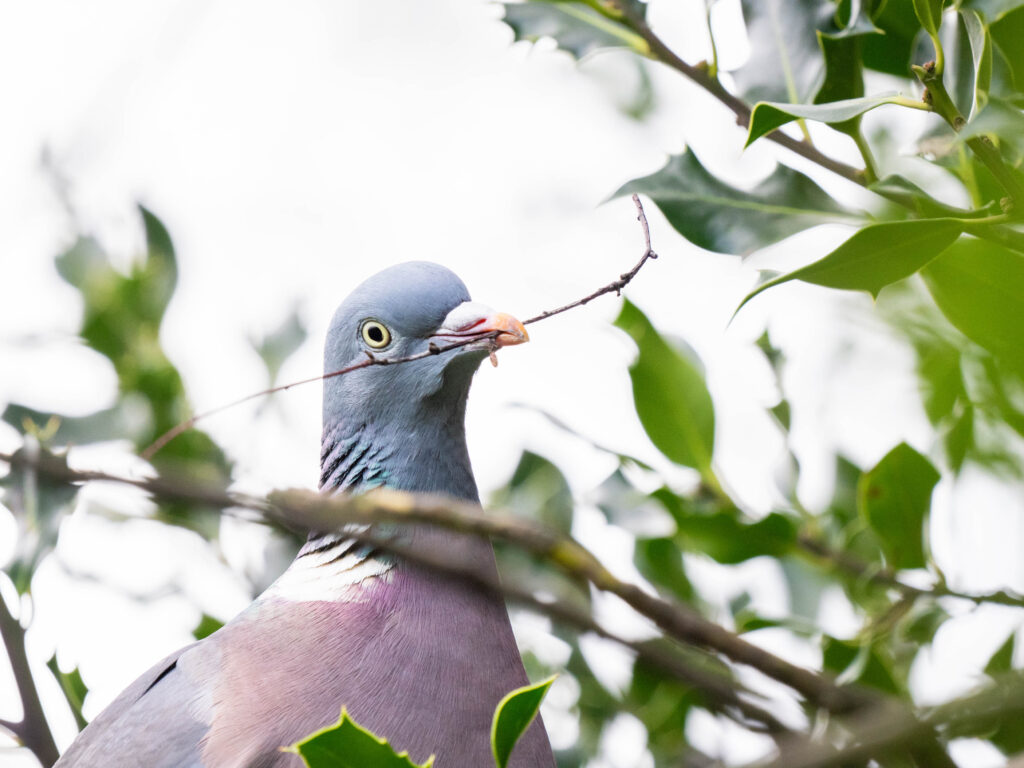
5. Look For the Sparkles
Look for those for the sparkles and shoot backlit to get creative.
I love to use this technique, you can can make something very ordinary look extraordinary!
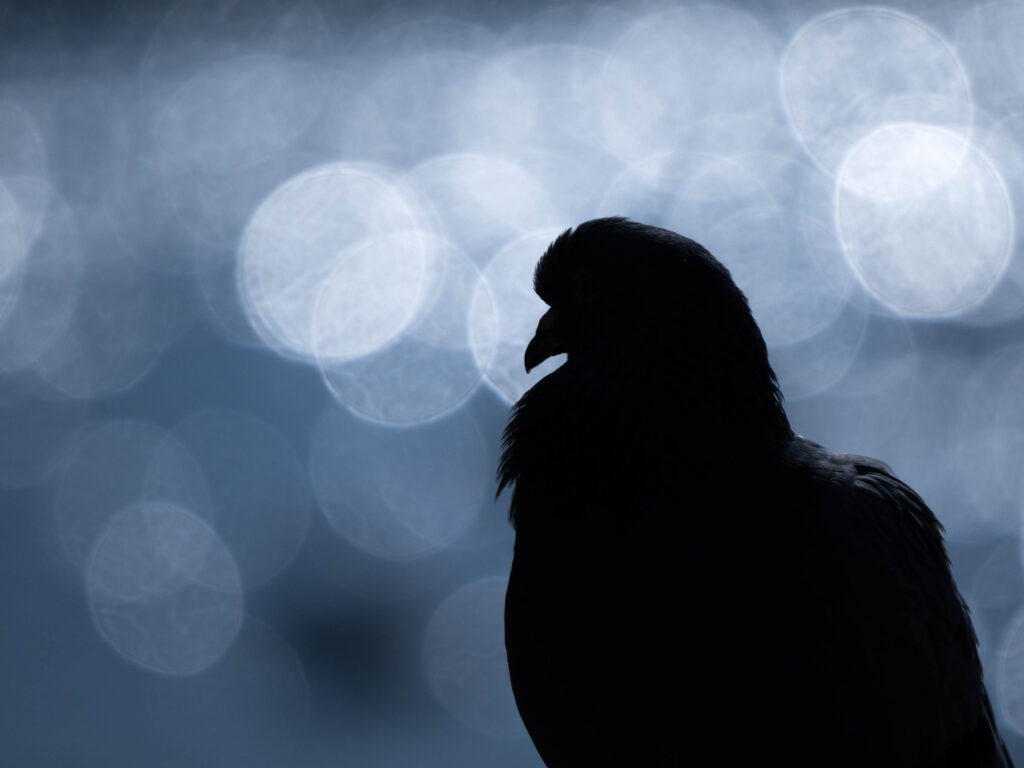
It was important to be ready with a high shutter speed to capture the shake of the little grebe. Knowing a bit about the behaviour of your subject goes a long way. If you don’t know, keep watching the bird for a while, they often repeat behaviours in sequence.
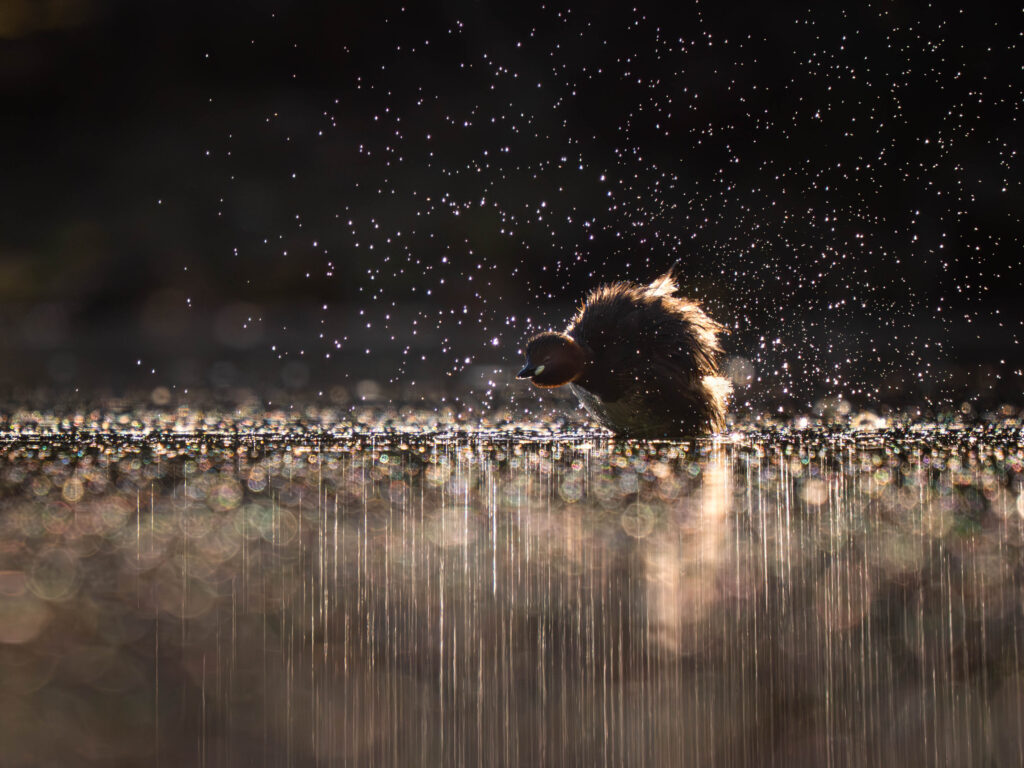
6. Use Streetlight to Shoot at Night
Use streetlights to shoot at night – some animals such as foxes can do extremely well in cities so get out there when the light is low and use the city lights for what they’re worth.
No image to show for this one, but I’ll keep trying 😉
7. Use the Flip-out Screen for a Low Angle View
Use the flip out screen for eye level view – For some of the areas I photographed in the parks I would go back with a mat, but using the flip out screen is an easy way to get a low angle view of wildlife.

Using the flip out screen and sitting hunched over can be sore on the back and legs after a little while. Seeing that the animals are quite tolerant to humans though, means that I can get up to stretch my legs every now and then and get back to it without spooking the birds far away in the process.
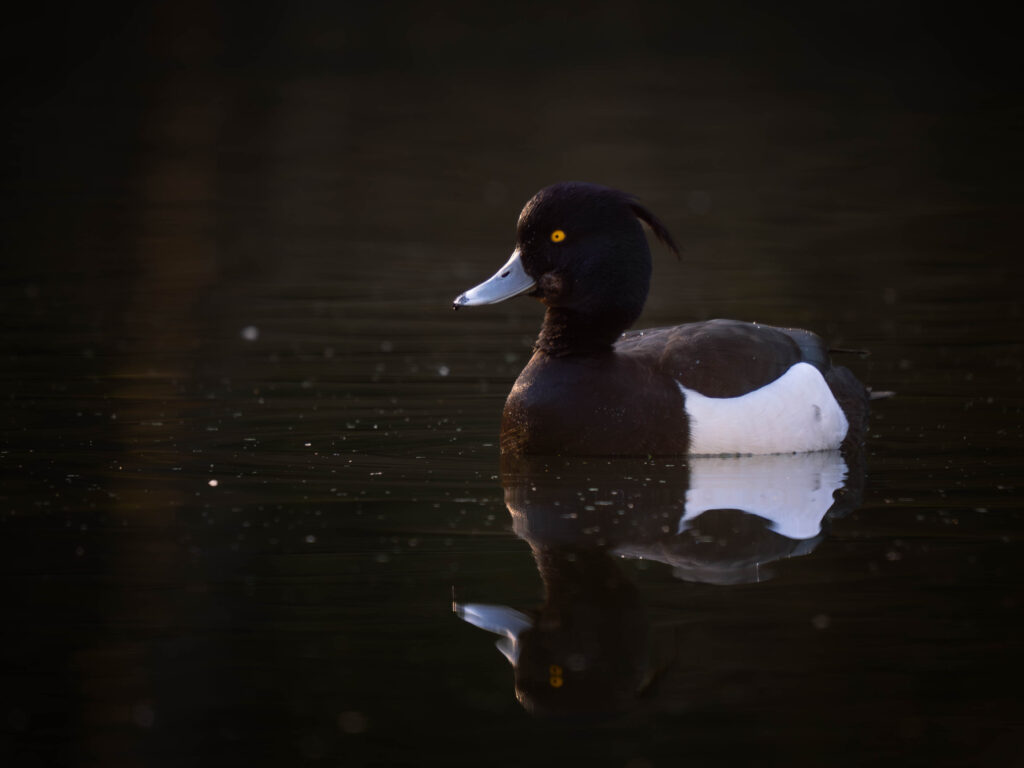

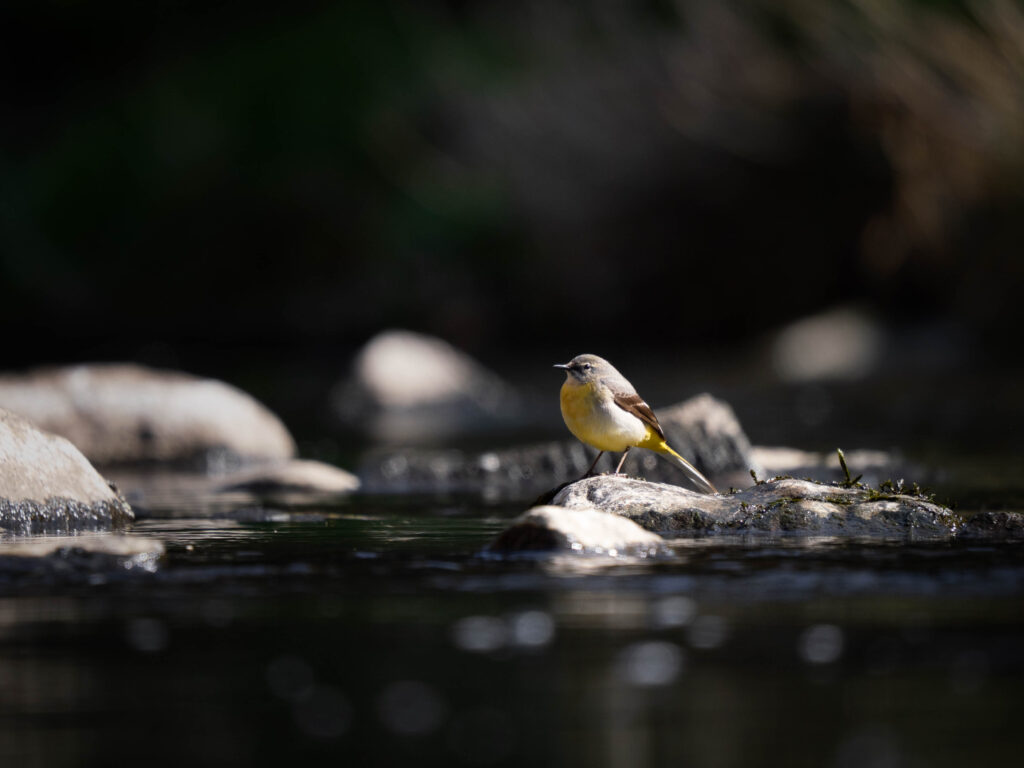
Bonus
Same as for photographing wildlife anywhere, spend time to find good locations and go back again and again to learn about the location, the species you get there and the light.
Make a note of the good locations!
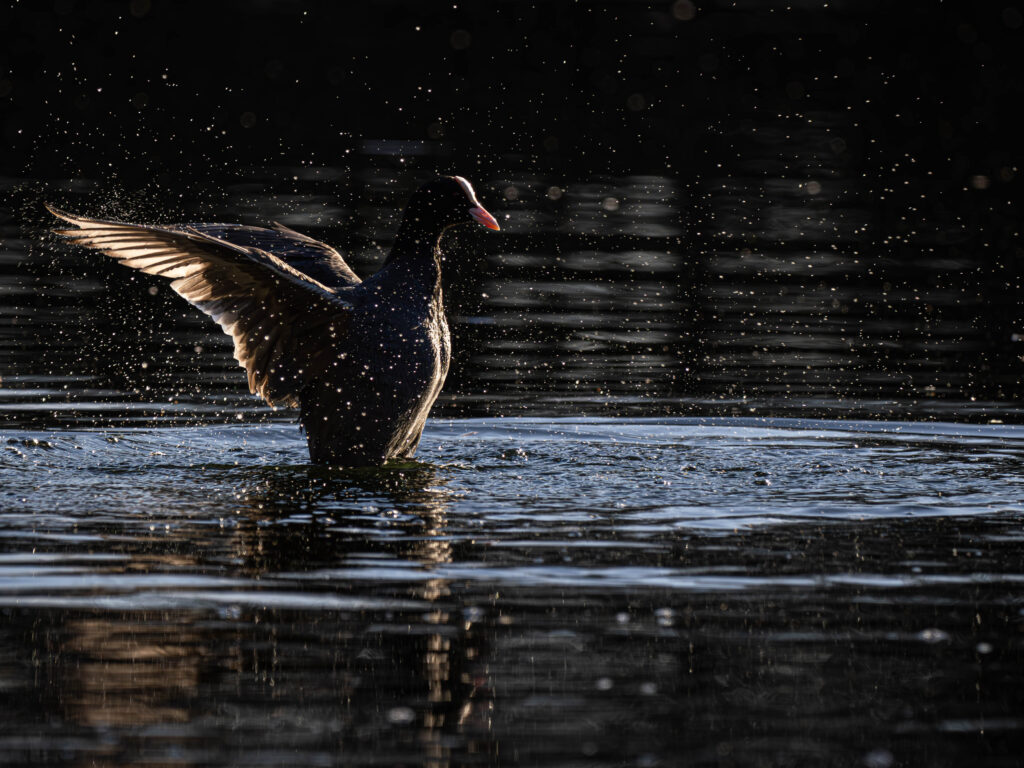
If you have any more tips for urban wildlife photography I’d love to hear them so please share them in the comments below!
This blog post offers some fantastic tips for urban wildlife photography! I love the advice about finding green spaces and using streetlights for night shots. The examples with the OM-3 and M.Zuiko lenses really bring the techniques to life. Can’t wait to try these tips in my own photography!